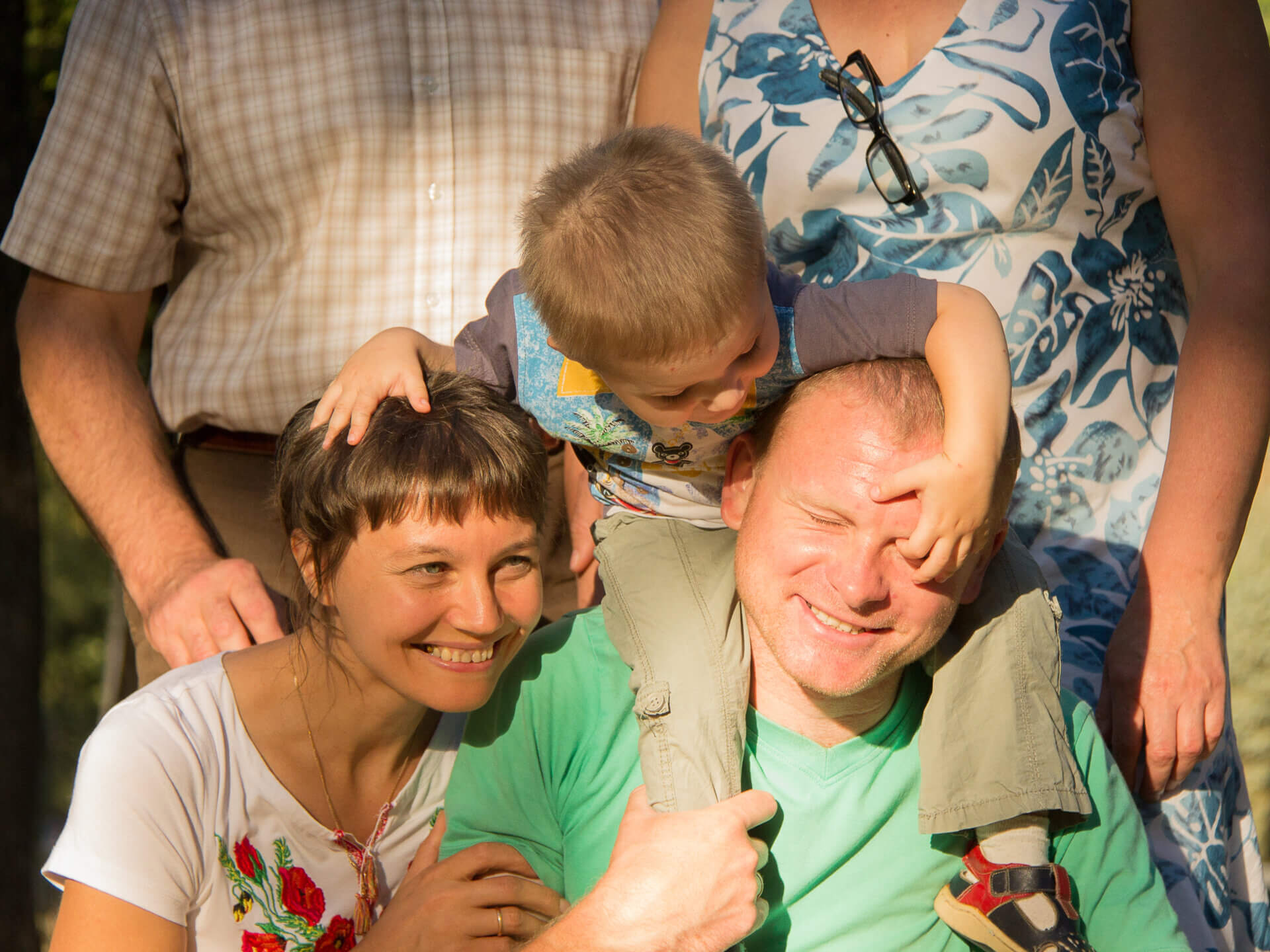Facts
Project partner:
Partnership for Every Child
Where:
Kiev, Ukraine
Contact:
Susanne Drakborg
susanne.drakborg@childhood.org
In Ukraine there is a tradition of placing children who cannot live with their families in institutions. But an increasing understanding of that institutions are harmful to children has led to a gradual development of alternatives. This has resulted in increased support to families so that the children can remain with their parents, or when this is not possible, be placed in different types of foster families.
Children deprived of safety and care
Children in Ukraine who urgently needed to be cared for, due to violence, neglect, or illness, could previously not be placed in a short-term foster family. Instead, they ended up in orphanages or hospitals, where they had to wait for the authorities to make a formal decision on whether they should return home or remain in care. But children who are placed in orphanages often stay there for a large part of their childhood. The orphanages also deprive the children of safety and care during a time in life when they need it the most.
Short term foster families for children in need of temporary care
Childhood supports the work of Partnership For Every Child, our Ukrainian partner for many years. Their idea was to develop a model with short term foster families for children who needed temporary care. With a few exceptions, follow-ups have shown that all children concerned have been allowed to grow up in a family environment– they returned to their family of origin or got a new home in a permanent adoptive or foster family.
New law
When the Ukrainian authorities saw that the model worked and fulfilled an important need, they financed and spread the model throughout the country. In 2016, a new law was passed that claims short term foster care placements for children who are taken into emergency care. Children whose parents suddenly die or are urgently hospitalized are now being cared for in families instead of institutions.
Photo: Susanne Drakborg
